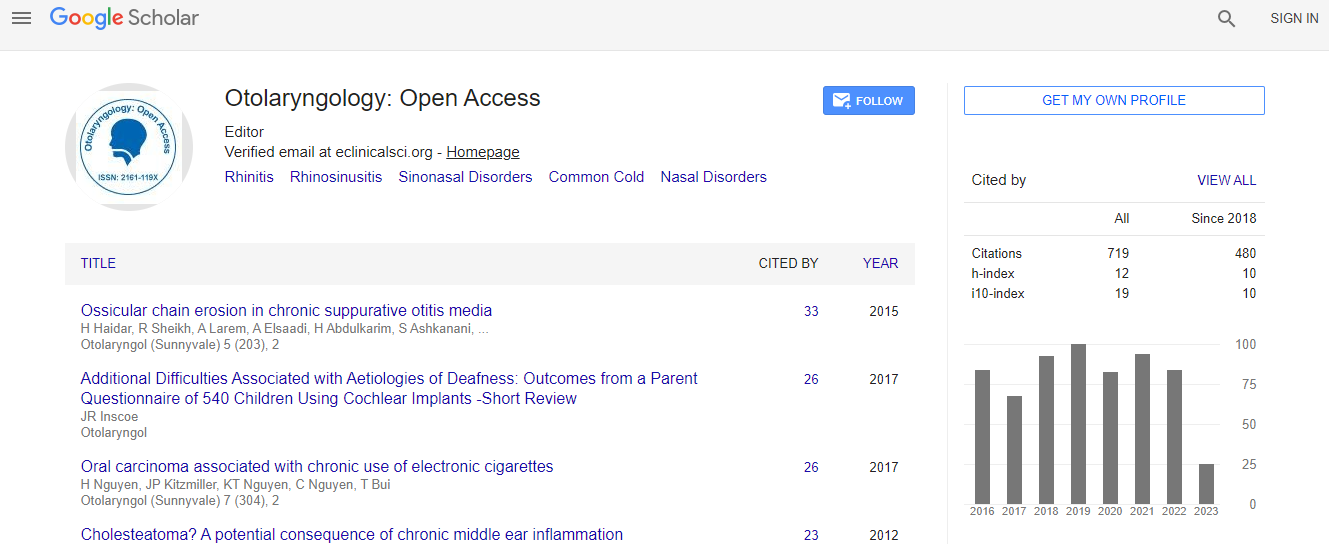The Submental Flap: Be Wary
*Corresponding Author: Courtney Brooke Shires, West Cancer Center, 7945 Wolf River Blvd, Germantown, TN 38104, United States, Tel: 901-683-0055, Email: cshires1@gmail.comReceived Date: Jun 08, 2020 / Accepted Date: Jul 22, 2020 / Published Date: Jul 29, 2020
Citation: Klug T, Shires CB (2020) The Submental Flap: Be Wary. Otolaryngol 10:400.
Copyright: © 2020 Klug T, et al. This is an open-access article distributed under the terms of the the Creative Commons Attribution License; which permitsunrestricted use and distribution; as the Submental Flap: Be Wary.
Abstract
Oral cavity cancer has become the sixth most common cancer worldwide, comprising 30% of all H&N cancers. Surgery is considered the gold standard to achieve tumor control. The traditional surgery has been the use of microvascular free flaps, over local and regional flaps. Still, the submental island flap (SIF) has emerged as a promising alternative over time. 10 total patients underwent submental flaps between 2016 and 2018, in the following chronological order. All patients had SIF failure. The first patient, a 61-year-old female and tobacco user, had to have her SIF reconstruction aborted due to pathologic nodes in the submental area. She subsequently underwent a free flap reconstruction the following day. In these 353 cases, operating time and length of stay were significantly lower for the SIF than for the FTT (P =.05 and P =.0008). More importantly, there were no significant difference between the groups for complete flap loss or debulking revisions. Thus, despite their promising potential and numerous cases with positive outcome results, submental flaps are still open to failure. In the hands of a young and inexperienced surgeon, the likelihood of flap failure increases even more.

 Spanish
Spanish  Chinese
Chinese  Russian
Russian  German
German  French
French  Japanese
Japanese  Portuguese
Portuguese  Hindi
Hindi 
